
AZ-1 Original: More Than a Connection
June 18, 2025 - How the E-Rate Program Fuels Library Access Across the State

June 18, 2025 - How the E-Rate Program Fuels Library Access Across the State

June 11, 2025 - Sharing digital equity insights to ignite change and amplify our impact in the digital inclusion movement

April 14, 2025 - Exploring the Role of Social Determinants in Building a Healthier, More Equitable, and Sustainable Future for All
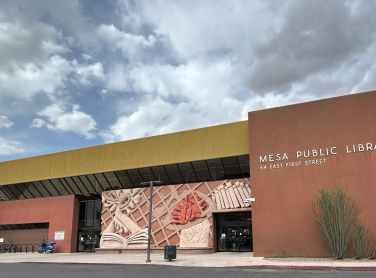
March 28, 2025 - The AZ-1 Storytelling team attends an event at Mesa Library, innovating through Augmented Reality

Feb 27, 2025 - A story from Erin Lorandos about the important role that libraries play in digital literacy

Feb 18, 2025 - How Sun Corridor Network Facilitates Sharing Knowledge Across Arizona
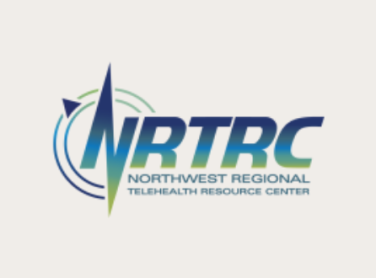
Use the NRTRC Find Telehealth to find Telehealth. It is provided by the Northwest Regional Telehealth Resource Center (NRTRC). The NRTRC serves a seven-state region (AK, WA, OR, MT, ID, WY, UT) to advance the development, implementation and integration of Telehealth through sharing information, leveraging resources and creating a synergistic Telehealth community.
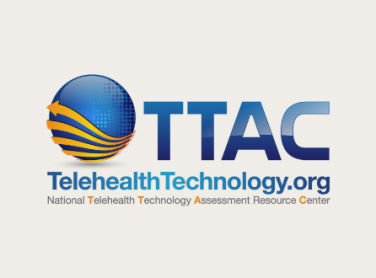
The National Telehealth Technology Assessment Resource Center is based out of the Alaska Native Tribal Health Consortium (ANTHC), and builds upon the organization’s talents in telehealth as established with the AFHCAN program and products.
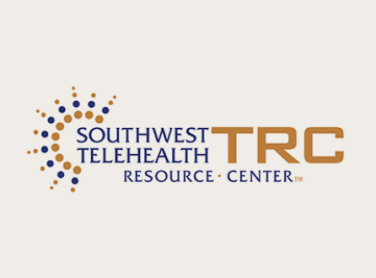
The Southwest Telehealth Resource Center (SWTRC) was created to advance the effective use of telemedicine services throughout the Southwest. Telemedicine has been shown empirically to improve access to quality medical care for many patients living in rural and medically underserved areas.

With over 8500 local and statewide resources, we're here to help when you need it most.

SETDA is the principal association representing U.S. state and territorial educational technology and digital learning leaders. Through a broad array of programs and advocacy, SETDA builds member capacity and engages partners to empower the education community in leveraging technology for learning, teaching, and school operations.

Supporting and Advocating for Computer Science Education for Historically Underserved Students in Arizona.

Florecer works to achieve digital equity and bridge the digital divide by providing hands-on assistance and empowering students and parents with the digital tools, skills, and confidence they need to successfully navigate the college admissions and financial aid application processes.

Accelerating the development of a skilled workforce, with career pathways for the broadband industry.
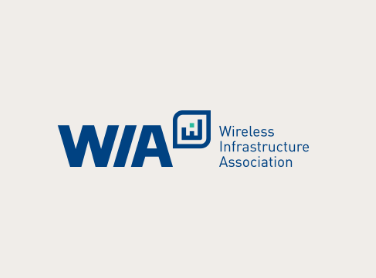
Telecommunications workers are the backbone of a society's ability to communicate. This tool helps you explore one of the most up-and-coming job sectors in today's and tomorrow's workforce - the telecommunications industry.

Led by industry executives, the Broadband Institute is a national 501c3 non-profit organization committed to driving innovation and prioritizing solutions to ensure the broadband industry has a diverse and well-trained workforce.

High-growth industries saw significant investments alongside wins for startups, small business and broadband. In 2024, Arizona continued to attract historic investments while pioneering new advancements for workers, startups and small business owners, rural communities and more.
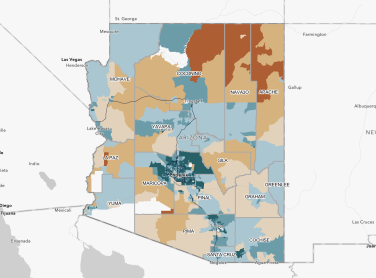
The Arizona Broadband Map was created in partnership with Maricopa County, and made possible by ARPA funding, to provide insights into the current state of internet access and relevant socioeconomic factors and aid in identifying areas that could benefit from digital equity efforts.
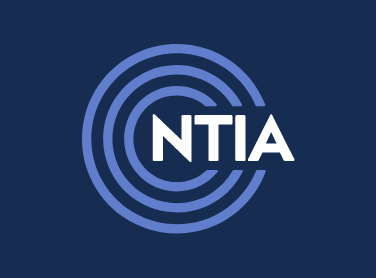
January 06, 2025
Today, the Department of Commerce’s National Telecommunications and Information Administration (NTIA) has recommended for award more than $250 million to 24 organizations to support digital skills and inclusion projects in communities across the country.
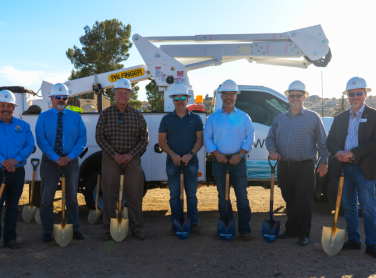
January 3, 2025
Residents of unincorporated Yavapai County will soon be able to have high-speed internet in homes and businesses. Back on December 21st, Yavapai County officials and dignitaries, along with representatives with Wecom Fiber, broke ground to commemorate work beginning to install broadband services to Cordes Lakes, Spring Valley, White Horse Ranch, Paulden, Rimrock and Beaver Creek.

January 2, 2025
The long-awaited news that the Graham County Regional Fiber Project will be funded came from the Arizona Commerce Authority’s -Broadband Office.
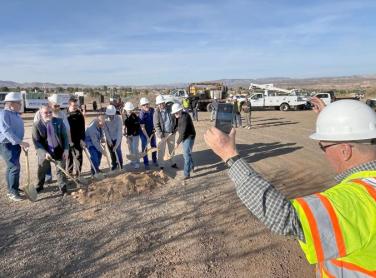
Dec 24, 2024
Long-time Yavapai County School Superintendent Tim Carter spent his last week on the job Thursday, Dec. 19, breaking ground for new infrastructure to provide broadband service to unincorporated Verde Villages.

Dec. 23, 2024
ALLO Fiber today announced a fiber broadband project installing a 10 Gigabit network in Flagstaff, AZ. This fiber connection will enable world-class internet, broadband, cybersecurity, managed services, telephone, and video services for residents and businesses.

December 19, 2024
This week, the United States Department of Agriculture (USDA) announced more than $313 million in broadband funding to providers in 18 states, financed via the fifth round of the USDA’s ReConnect Program. The newly announced funding is intended to connect rural residents, farmers, and business owners in these states to reliable high-speed internet.

One man's journey with Parkinson's has been transformed, thanks to his community, high speed internet and Zoom.